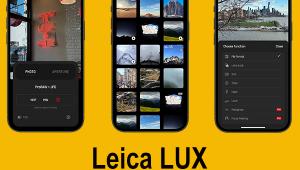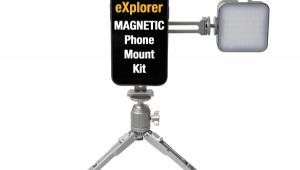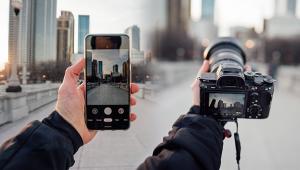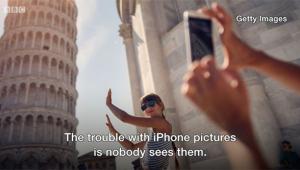The “Aha!” Moment: A DSLR Snob Discovers There's Something to iPhone Photography After All
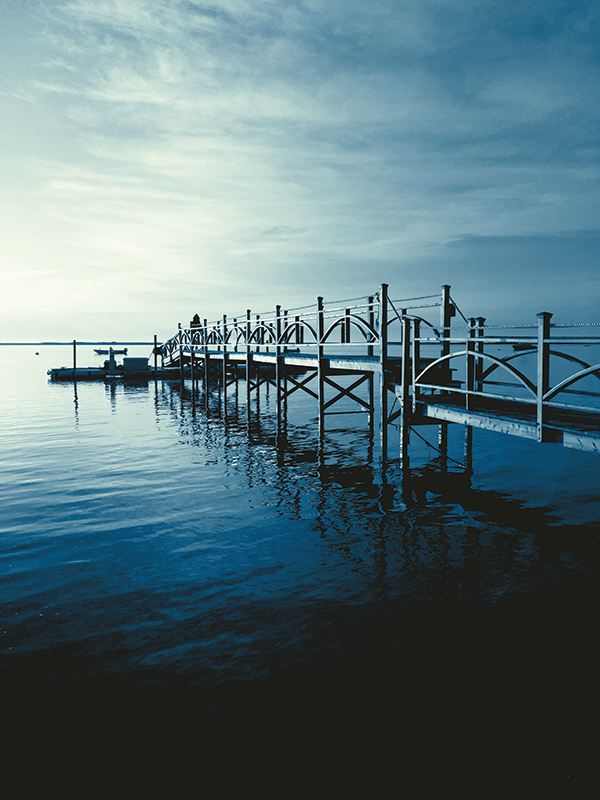
All Photos © Jack Hollingsworth
About five years ago, travel photographer Jack Hollingsworth was on a resort shoot in the Caribbean. There’d be stills and video, lots of locations, and the client keeping an eye on everything. Nine cases of gear loaded on the plane.
Only eight came off. In the missing case were Hollingsworth’s cameras and lenses. He knew the case would show up, but he was on a tight schedule so he went to work with the backup Canon 5D Mark II and the 50mm lens he’d carried on the plane.
Quickly exhausting the possibilities of a 50mm lens, he nevertheless assured the client that everything was under control and took a break to let the beauty of the landscape calm him down. Then he took a photo, just to relax. Then he took out his iPhone—with which he’d taken very few photographs, none he thought were good—and shot the same scene. “The iPhone photo was not bad,” he says. So he took a few more comparison sets. “The iPhone shots looked better, probably because I was looking at them on a nice bright screen. But the thought stayed with me that this could actually be a significant camera for me to use.”
It was a bit low key, but there it was: the “Aha!” moment.
The ninth case showed up, the resort shoot was shot, and Jack Hollingsworth came home a changed photographer.
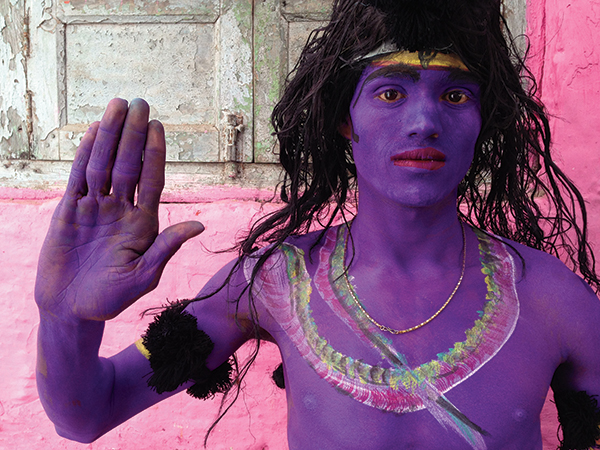
Into the Mix
Today he still relies on “the big cameras”—his 5D Mark IIIs—but he’s become an iPhone fan, user, proponent, and educator. He estimates he’s shot close to half a million photos with various iPhones—“it’s the camera I enjoy the most”—and he’s successfully incorporated iPhone images into his business.
“When I first started shooting with the iPhone, I’d take pictures with it while on commercial jobs. When I’d deliver pictures to my clients, the iPhone shots would be in a different folder from the Canon images, and I had some success getting clients to pull from the iPhone folder. Then one day I realized, Hey, it’s still all about the images, not the cameras, so I mixed the DSLR and iPhone pictures, and clients started taking a lot of the phone shots.”
When the end result is large prints, or when an image needs extreme cropping, Hollingsworth will tell the client that an image comes from an iPhone. “Otherwise, I say nothing—and for the most part, print isn’t a lot of my work these days; 95 percent of what I shoot ends up online.”

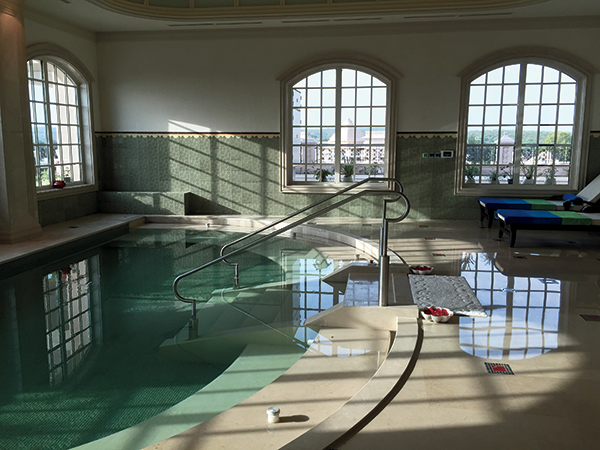
Spreading the Word
“I was a DSLR snob,” Hollingsworth says of the days before his iPhone photography. “I saw friends, family, assistants shooting with phones, and I thought, Okay, nice, cute, kinda silly, over-processed, not how I want my photography to look.” Fast forward from the Caribbean shoot and Hollingsworth is now known as an iPhone expert and educator with a growing social media and online presence, most recently with the Picture Perfect series of videos on creating pro-quality iPhone images. In January, 2017, Ilex Press will publish his book, The Joy of iPhotography: Smart Pictures From Your Smart Phone.
Hollingsworth’s approach to iPhone photography is the same as it was for film and digital photography: learn and master the basics. He believes that to get a good image you have to pay attention to the craft—to color, light, composition, design, exposure; to all those things that don’t change when the tools do.
Not that the tools don’t make their own demands. “One of the things I really love about the phone is the challenge of overcoming its limitations in order to get the kind of work I’m used to producing,” he says. “I’ve figured that out, starting with avoiding certain subjects and going for the ones the phone is perfect for—like the outdoor, well-lit shots I do for the travel, hospitality, and leisure market.”
Although he admits he’s known as a gear guy—“my office closet looks like a camera store”—he uses accessories and apps sparingly. But he doesn’t discourage others from being more accepting. “If it works for you, use it.”
Which pretty much describes his Caribbean discovery of iPhone photography.

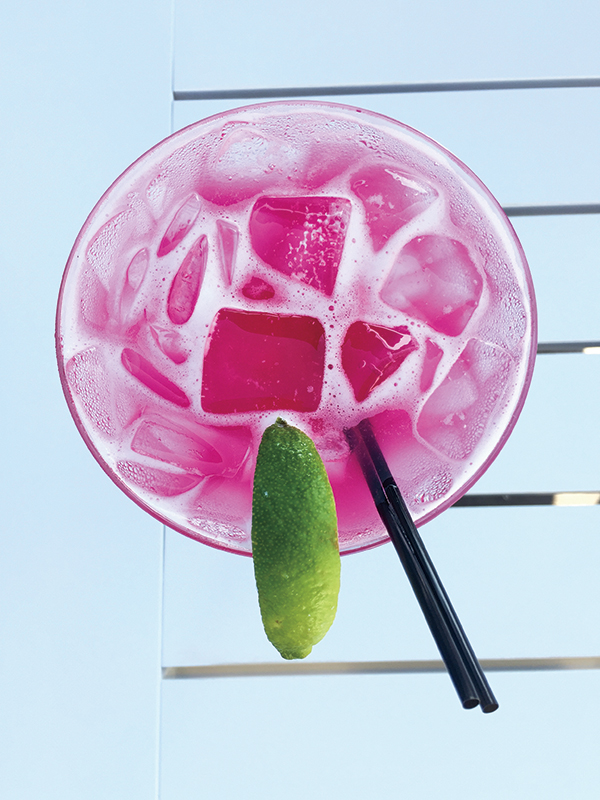
Hollingsworth’s Picks: Apps and Accessories
* Camera+ and ProCamera apps
* Jackery portable charger and external battery
* Moment lenses for mobile photography
* MeFOTO SideKick360 tripod adapter
* Joby GripTight mounts, adapters, mini-pods
For more iPhone images, check out Jack Hollingsworth’s Instagram postings at instagram.com/jackhollingsworth. His website, jackhollingsworth.com, features travel and lifestyle images.


